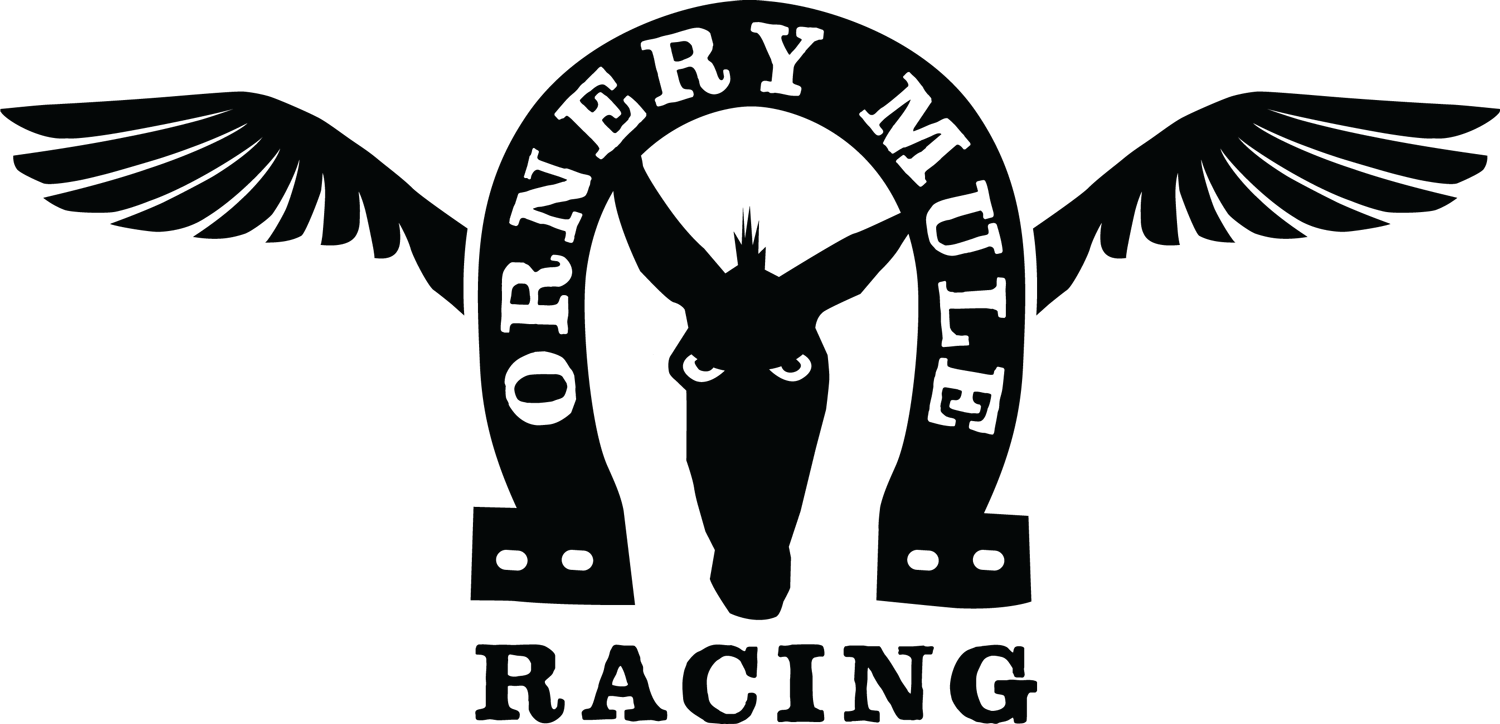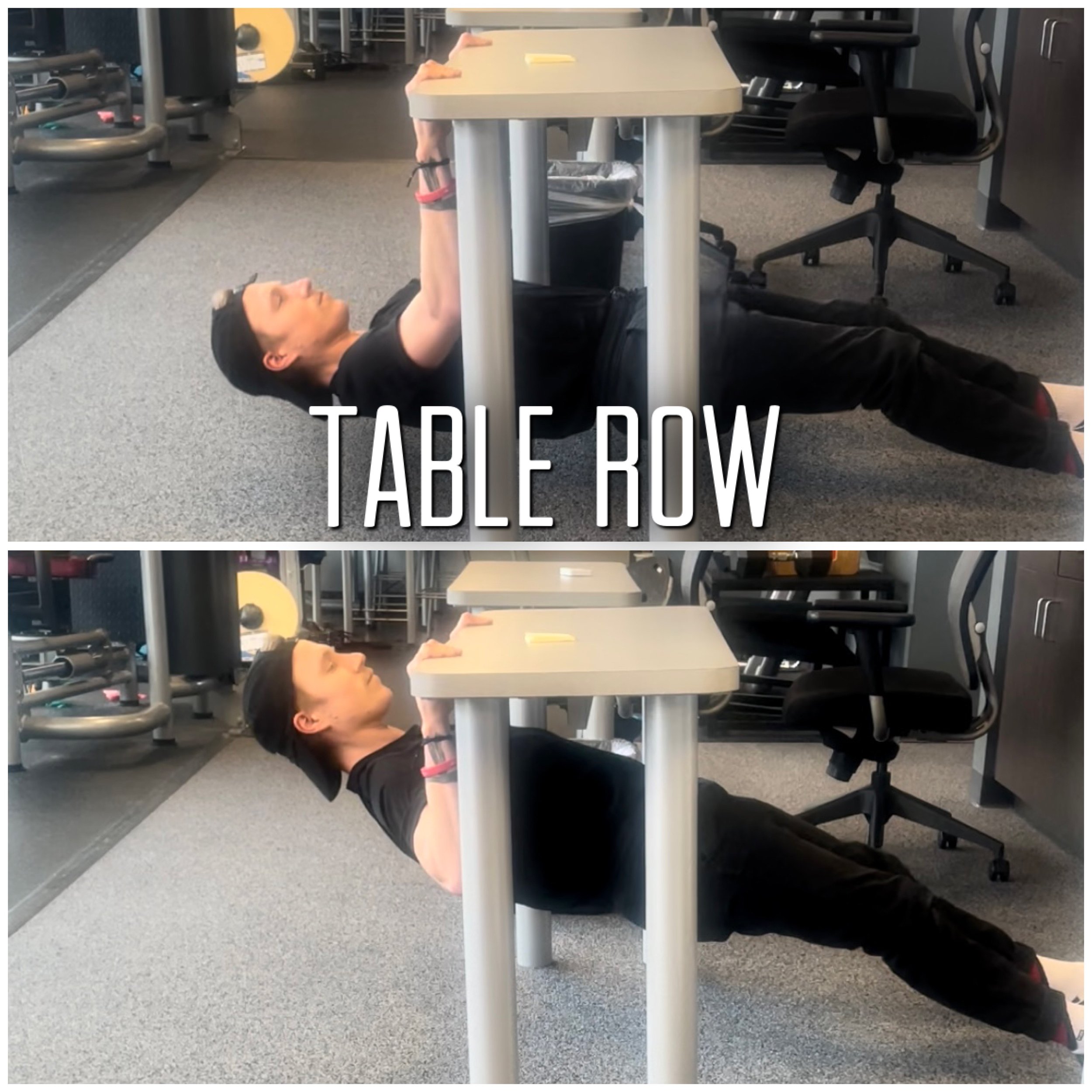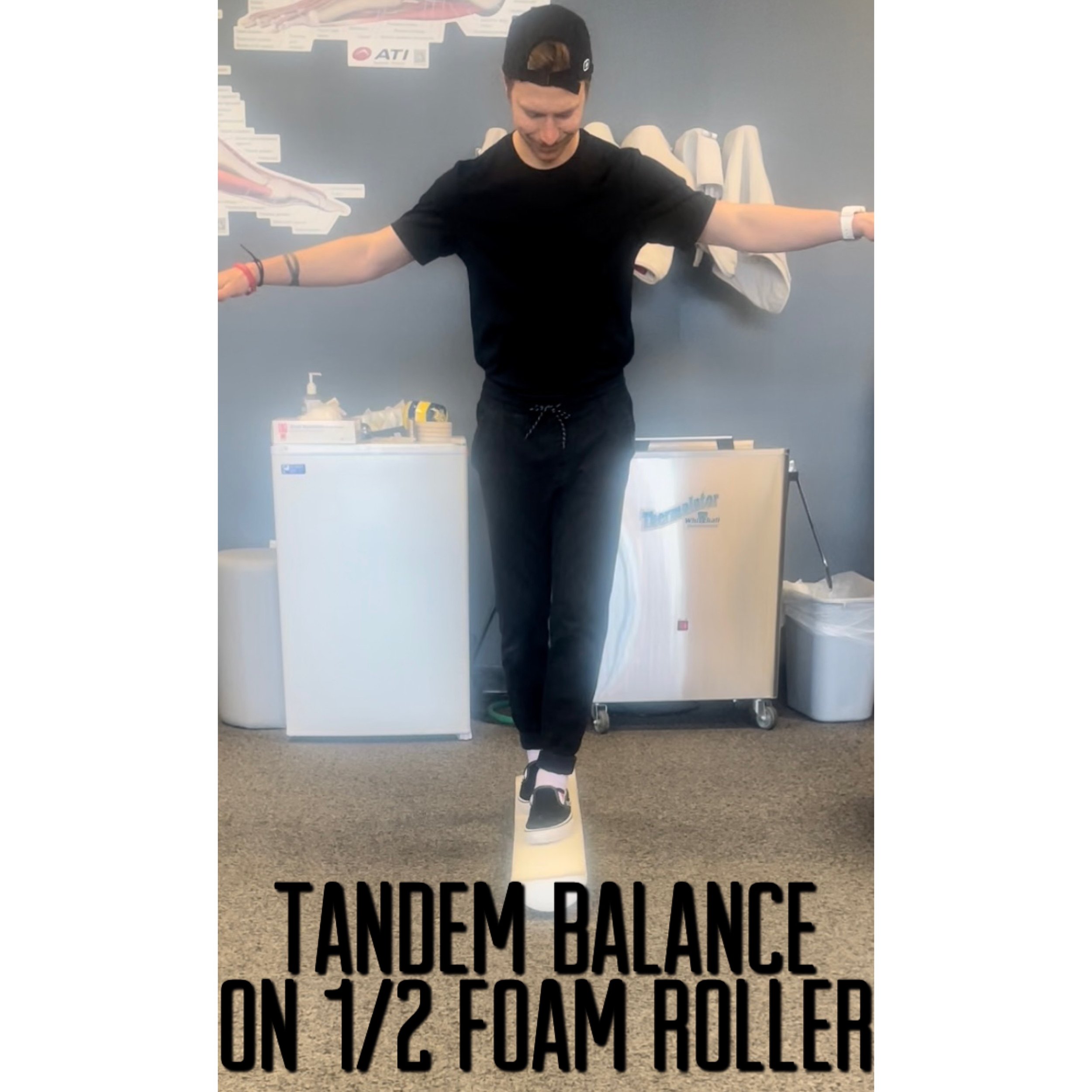Body Weight and Resistance Training
How to structure moving your body for your running goals
What Exactly is Body Weight Training?
Body weight (BW) training isn’t just about planks and push-ups. It’s also about pulling, bracing, maneuvering, transitioning, crawling, and playing with the natural resistance that gravity and your body create. Since these are the only two things you need to get started, gravity and a body, there’s no reason not to get started.
If you’re like me and like to get your science fix after a nice run, then unlace your hot shoes, grab a coffee of choice, and enjoy this 2-part dive into all things body-weight training. Part 1 will explore the overarching scheme of a periodized body-weight program and introduce a few phases while part 2 will wrap up and discuss how to properly execute the program in regards to your running goals.
Who Benefits?
Every runner can leverage their body weight to induce adaptations that will serve them come race-day no matter what phase of training they are in. Even if one does not periodize his/her strength training, there’s plenty of reasons to include a body weight routine into the overall plan. Some reasons are defined and well-studied such as increasing blood flow to muscles, improving recovery, and stimulating the movement of joint capsule fluid; other reasons are more mentally abstract, like just feeling better.
We now know the “who’s” and the “what’s”, but let’s get a little more nuanced on the application into the overall training plan. We’re going to go pretty in depth with phasing BW training, but don’t be too intimidated. At the end of the day doing some resistance training is better than no resistance training at all, even if you don’t take a periodized approach like we’re going to discuss
Types of BW Training
As a once certified personal trainer with the National Academy of Sports Medicine (NASM), I became well familiar with their structure of resistance training. Their overarching schema is to build sequentially through phases of stability, muscular endurance, hypertrophy (muscle growth), max strength, and power. I tend to agree, for the most part, with this model in regards to endurance and ultra-endurance athletes. I do, however, like to alter this paradigm to better suit a runner’s sport-specific needs with the human body as the load. Here’s my runner-specific guide for body-weight training and some exercises to go along with each phase.
Phase 1 : Balance & Stability
This is the first phase of training and it’s the basis for which all other phases build upon. This phase is best to incorporate before moving on to the following phases. It’s also a fantastic phase to touch on during any point of the year since it’s not very fatiguing.
Think about it this way, would you ever want to fatigue a muscle with weight before that muscle learns how to keep its joint stable? Of course not! First and foremost we want to make sure our muscles have the ability to keep the joints in a healthy position before loading them up with weight.
Examples of balance training include tandem or single-stance holds that challenge one’s ability to maintain position. Think exercises like standing on a single leg with an airex pad, disc, or half foam roller. Try for a few sets of holding these unstable positions for 30-60 seconds.
Examples of stability training primarily focus on isometrics - or muscle tension without moving (think flexing a muscle or bracing). This includes planking and plank variations, wall squats, or holding exercises in their most challenging position (like holding the bottom of a push-up). Again, a few sets of holds between 30-60 seconds is plenty.
Mastery of balance and stability is not needed before moving onto the next phase (how would you even define being a master balancer?), but spending 2-3 weeks on your balance and stability will increase your overall improvements later in the season as well as decrease your chances of injury. After the dedicated block is completed, touching on balance and stability on a weekly basis (2x/week for 5-10 minutes per session) will maintain the improvements made.
Phase 2 : Hypertrophy (Building Muscle)
While you’re not going to be able to get huge by moving only your body weight, a fairly strength-deconditioned athlete can build slight amounts of muscle if their routine is challenging.
Why do we, as trail runners, want to add slight amounts of muscle to our frame? A few small reasons include hormone regulation, increased muscular work capacity, and injury prevention. Wait a minute, those are HUGE reasons. If you’ve never heard of runners with overuse injuries then welcome aboard because you must be new to endurance sports. By maintaining some amount of muscle mass we can avoid these ubiquitous pitfalls that can prevent most runners from consistently training.
Budgeting 2-3 days/week in bouts of 30-60 minutes is plenty for muscular growth. You should notice a good bump in strength after only a few weeks of consistent training. I’ll typically design each workout with 5 main movements; an upper body push, upper body pull, lower body push, lower body pull, and an overhead movement.
Here is an example of a well-rounded routine that’ll get you started : push-up, table-row, squat variation, hip hinge, overhead press or pull-up.
This routine can be repeated for every strength workout but typically pick 5 different exercises and keep altering back and forth between your strength days. Many people call the “A” and “B” days. This’ll keep each workout fresh and engaging, but if you’re not afraid of a little monotony, then repeating the same body-weight strength routine 2-3 days a week won’t have negative effects if done in moderation.
There are plenty of modifications for the above exercises so don’t be shy in substituting any of the above 5 exercises for similar variations.
Part 1 Takeaways
Body-weight strength programs can produce great strength and stability adaptations for your running goals.
Balance and stability is the base from which your strength can develop. Incorporate these areas of fitness first if you’re new to a program and periodically throughout the season!
Hypertrophy program design : 30-60 minutes per session, 2-3 days/week, 3 sets 10 reps of 5 different exercises focusing on the major muscle groups.
That’s a wrap for part 1! We’ve covered a lot and I hope this article inspired you to reflect on ways you can enhance your strength routine. Keep an eye on the “FKT” newsletter for the next article detailing how body-weight power and plyometric training fits into the grand scheme!
As always, drop me a line with questions or comments! I’d love to talk about the multitude of exercise variations for each phase of training!
Reese Slobodianuk.
B.S. Kinesiology, nutritional minor
Email, Strava, Instagram, Facebook, Coaching page, Personal writings






